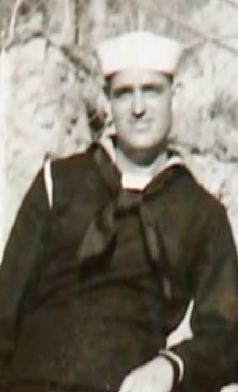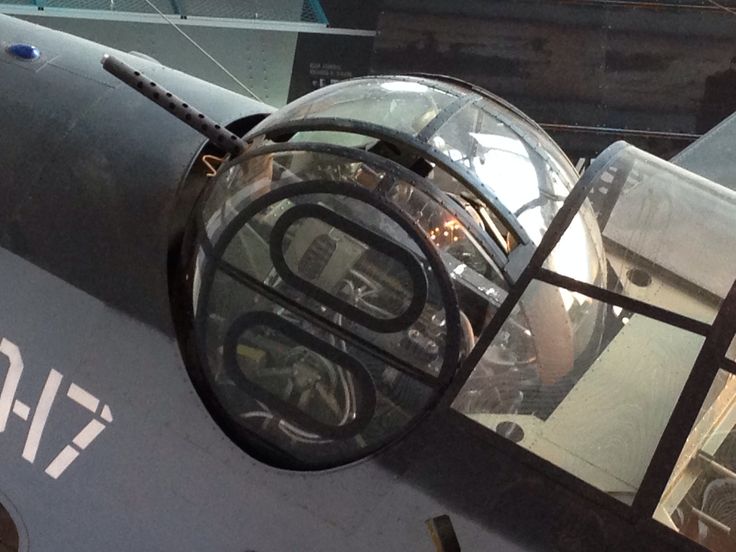When Depression struck the nation in the 1930s, few states were hit harder than Oklahoma. This was the dust bowl, a time of ruinous levels of unemployment when farm income alone dropped 64 percent. Great, all-consuming dust storms seemed to swallow the horizon as whole populations, were driven from the land. Fifteen percent of all Oklahoma packed up and moved west, in hopes of a better life.

This was the world of Loyce Edward Deen’s childhood, the seventh of eight children born to Grace and Allen Deen in the tiny south-central Oklahoma town of Sulphur.
The family moved west in pursuit of work, to Altus Oklahoma, nearly 200 miles by car. There, Allen took work as a schoolteacher. Loyce would care for his younger brother Lewis, a child afflicted with Down’s syndrome. The boys were extremely close. It must have broken Loyce’s heart when his little brother fell and ill and died, while he was still in Junior High.
While a Junior in High School, Loyce’s mother Grace fell victim to a debilitating stroke. For nearly two months in 1938, he and his brother Lance cared for their mother. She died on November 30.
Altus was the kind of town, where the newspaper printed the bio of every graduating High school senior. The Times-Democrat wrote: “Loyce Deen is a young man with high ambitions. He plans to enter the US Navy aeronautical mechanics division after graduation and finds subjects such as problems of American democracy, the most interesting. He has also been active in dramatics work at school.”

He worked for a time with the Civilian Conservation Corps (CCC), later joining the Douglas Aircraft Company in Wichita where he helped to build wing sets for the A-26 Invader attack bomber.

Long before the Japanese sneak attack on Pearl Harbor, Loyce wanted to join the Navy. In October 1942, he did just that. First came basic training in San Diego and then gunner’s school, where he learned about the weapons systems aboard the Grumman TBF Avenger torpedo bomber.
Then it was on to Naval Air School in Fort Lauderdale, before joining the “Fabled 15th” Air Group forming out of Westerly, Rhode Island.
In April 1944, the Air Group reported for duty aboard the “Fightingest Ship in the Navy” at Pearl Harbor. The aircraft carrier, USS Essex.
WW2-era Air Groups consisted of eighty or so aircraft, of three distinct types. First came the fighters, in this case the fast, single seat Grumman Hellcats. Next were the two-seat dive bombers, the Curtiss Helldivers, the pilot joined by a rear-seat gunner whose job it was to lay the one-ton bomb on the target, while handling the machine gun. Third came the torpedo bomber, the Grumman Avenger, with two enlisted crewmen in addition to the pilot. The Avenger carries a ton of bombs, depth charges or aerial torpedoes and, like the Helldiver, is designed for low-level attack.
Loyce was the turret gunner on an Avenger, assigned to protect the aircraft from above, with fellow crewmen Pilot Lt. Robert Cosgrove of New Orleans, Louisiana and Radioman Donald “Digby” Legoia Denzek from Grand Rapids, Michigan.

Cosgrove was a superb pilot, returning many times with an aircraft so shot up as to be all but unflyable. Digby had several jobs including arming weapons systems and operating the radio. When the team was under fire, he would crawl down to a ball turret on the belly of the aircraft where his machine gun would defend the aircraft an crew, from below.
The 15th Air group saw some of the most intense fighting it had ever encountered during the battle of Leyte Gulf of October 24-25, 1944. Captain David McCampbell, the 3rd-highest scoring Naval ace of WW2 and the highest to survive the war shot down 9 enemy aircraft on the 24th alone. Assisted by but a single aircraft, McCampbell waded into a land-based formation of 60 incoming aircraft and attacked with such aggression, as to force the Japanese formation to abandon the attack.

Loyce Deen received a shrapnel would to the foot in that same battle. He wrapped up the foot so he could stay on to fight, the following day. Deen would receive a Purple heart for that wound and McCampbell, the Medal of Honor.
Deen’s award was destined to be, posthumous.
Following rest and replenishment at Ulithi Atoll in the Caroline Islands, USS Essex was on station for the November 5 Battle of Manila. Deen could have stayed back on the hospital ship until that foot healed, but chose to ignore the injury. He rejoined his unit.

Bertha Deen was not surprised. On being informed of his injury, she said “I’m not surprised he stayed with his unit. Loyce would not have it any other way – he would always remain at his post to make sure his brothers came home safely with him.”
Loyce Deen climbed into his gun turret for the last time on November 5. It was a two hour flight to the target zone in Manila Bay, with Japanese aircraft on the radar for most of that time and the carriers USS Lexington and Ticonderoga, under kamikaze attack.
Lieutenant Cosgrove’s Avenger came under savage anti-aircraft fire, from a Japanese cruiser. Aviation Machinist’s Mate Second Class Loyce Edward Deen was killed instantly, taking multiple direct hits from 40mm anti-aircraft shells. The Avenger aircraft, tail #93, was so smashed up as to be virtually unflyable. It took all of Cosgrove’s considerable strength and skill as a pilot, to fly the thing back through two thunderstorm and hours of open ocean, to land at last on the decks of the carrier.

What remained of Loyce Edward Deen was so utterly destroyed, the decision was made. The man would be buried at sea. Inside of the aircraft. This particular Avenger wouldn’t even be scavenged, for parts.
Shipmates took his fingerprints and carefully removed the dog tags. With a ship’s complement assembled to pay last respects and a chaplain to read last rites, the shattered aircraft was tipped over the rear of the flight deck, and into the water. Two Avengers flew overhead in salute as the torpedo bomber-turned sarcophagus, bobbed in the waves. And then the Avenger went down by the nose, and disappeared out of sight.
A hero, was going home. For the first and last time in US Naval history, a man was buried with the aircraft in which he had served.
A normal person could not be blamed, for believing that’s the end of the story. Essex went to General Quarters. There were kamikazes to deal with. Air Group 15, ordinary men from Massachusetts to Oklahoma, climbed back into their aircraft on November 6 and again on the 12th, 13th and 14th, to attack those same Japanese cruisers outside Manila Bay.

For the Deen family, the dread knock on the door came sometime around Thanksgiving.



….inspiring and poignant
LikeLiked by 1 person
If I ever had an experience like that, I feel like that would be it for me for the rest of the day, the month and probably the year. I’d would to cash my chips and pull away from the table. What I can’t get my head around is these guys, ordinary men every one, faced this stuff day after day after day.
LikeLiked by 1 person
Very well perceived and very well put, Rick
LikeLiked by 1 person
How anyone cannot be moved by this is incredible. It’s heart wrenching.
LikeLiked by 1 person
Reblogged this on Dave Loves History.
LikeLiked by 1 person